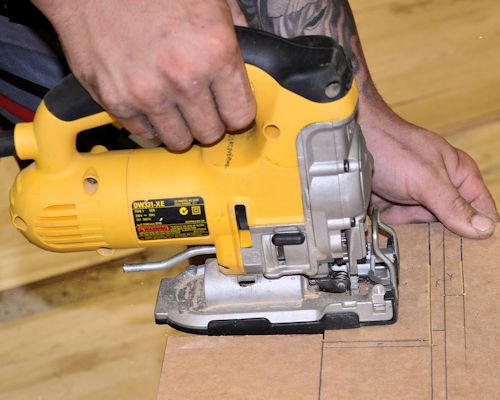Using power tools safely
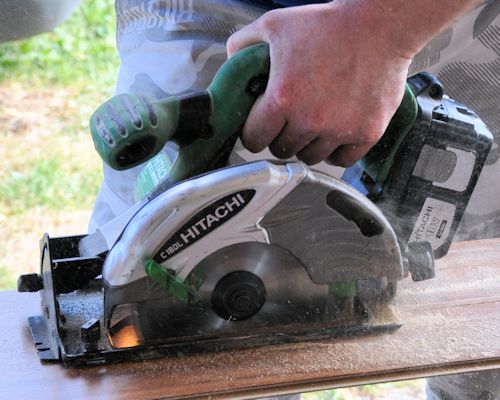 Audio for slide 1 (mp3 |6|KB)
Audio for slide 1 (mp3 |6|KB)
Set out below are some basic principles for using power tools safely.
Although they can be applied generally to all tools, there are specific references to tools that have a rotary action and are powered by electricity.
This makes these principles particularly applicable to tools such as circular saws, drills and planers.

 Audio for slide 2 (mp3 |6|KB)
Audio for slide 2 (mp3 |6|KB)
Basic safety procedures
- Wear the correct personal protective equipment for the job at hand. This will generally include safety glasses, ear muffs and steel capped boots.
Depending on the job, it might also include a dust mask, gloves, and maybe specialised safety gear such as a full face shield.
Remove any loose clothing or jewellery, and tie back long hair.

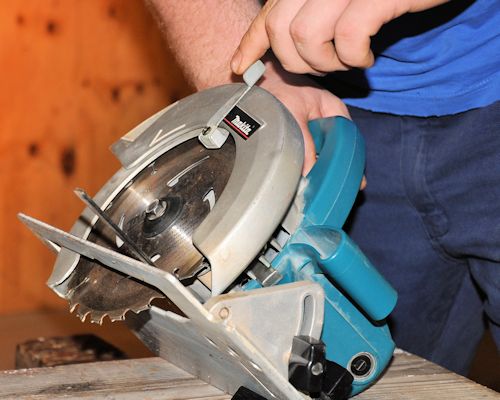 Audio for slide 3 (mp3 |6|KB)
Audio for slide 3 (mp3 |6|KB)
- Keep cutting edges sharp.
Inspect the saw blade, drill bit or planer cutters before you plug in the tool, and make sure they're in good condition, properly fitted and sharp.
Also make sure that the guards are in place and correctly adjusted, and that spring-loaded mechanisms or other moving parts are working normally.

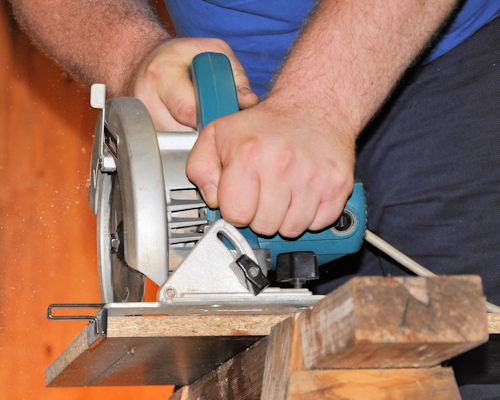 Audio for slide 4 (mp3 |6|KB)
Audio for slide 4 (mp3 |6|KB)
- Secure the material firmly before you start the job, and make sure it is on a flat, stable surface.
This could mean using a G-clamp or some other clamping system to hold it in place.
When you start up the tool, always allow the motor to reach normal operating speed before letting the cutting edge come into contact with the job.
This helps to avoid the problem of 'kickback', and of overloading the motor.

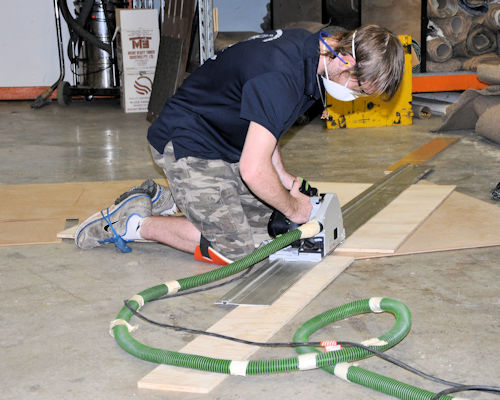 Audio for slide 6 (mp3 |6|KB)
Audio for slide 6 (mp3 |6|KB)
- Keep the work area clear of off-cuts, sawdust build-up and rubbish that might get in the way.
Don't let off-cuts and rubbish build up under your feet.
It can pose a serious trip hazard, especially if you're concentrating on the work and not paying attention to where your feet are positioned.
By tidying up as you go, you'll also make the general clean-up at the end of the job much easier.
This will help you to sort out which pieces can be recycled or used again and which items need to go straight into the waste bin.

Go to Power sources

Industry Network Training and Assessment Resourses
© 2023 Workspace Training




